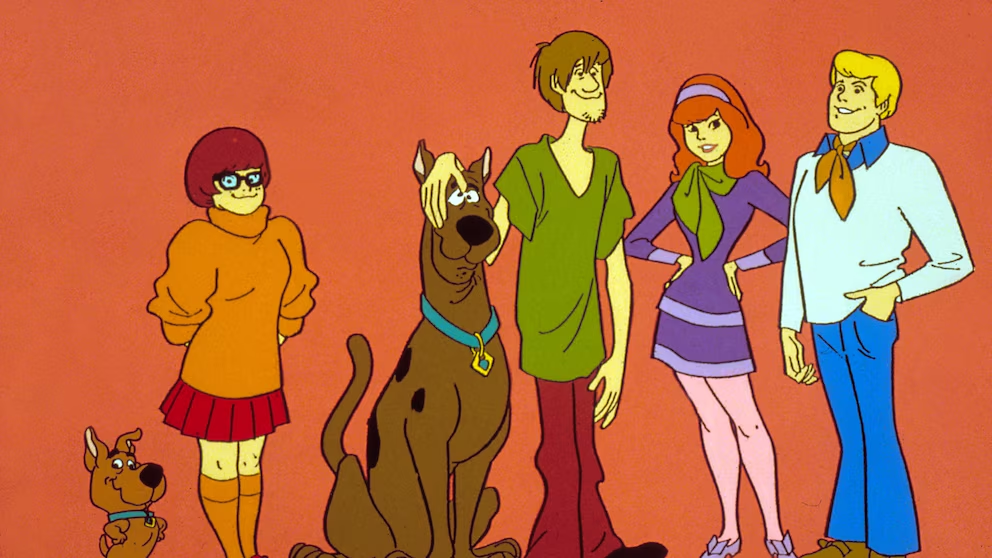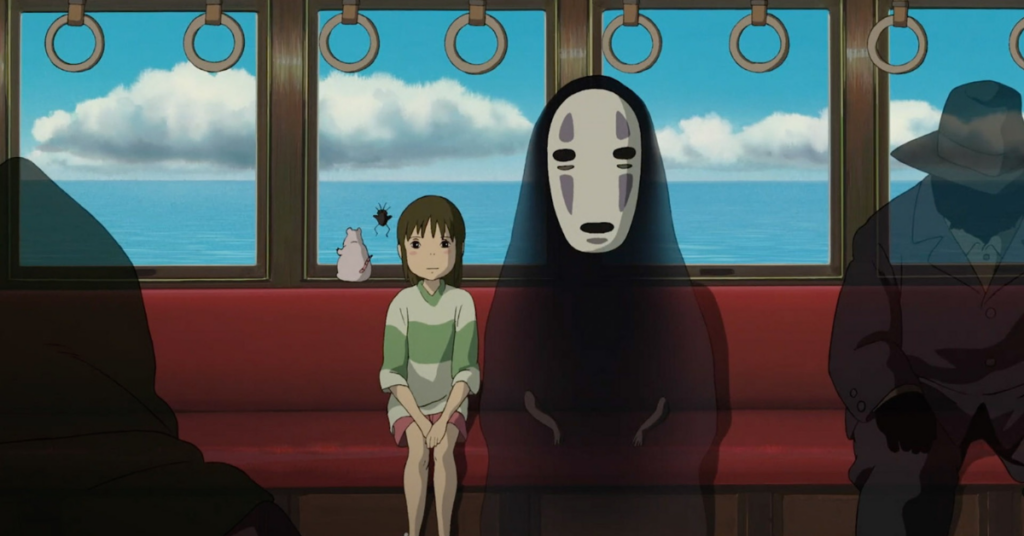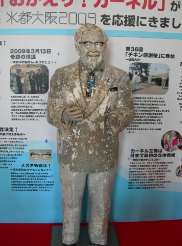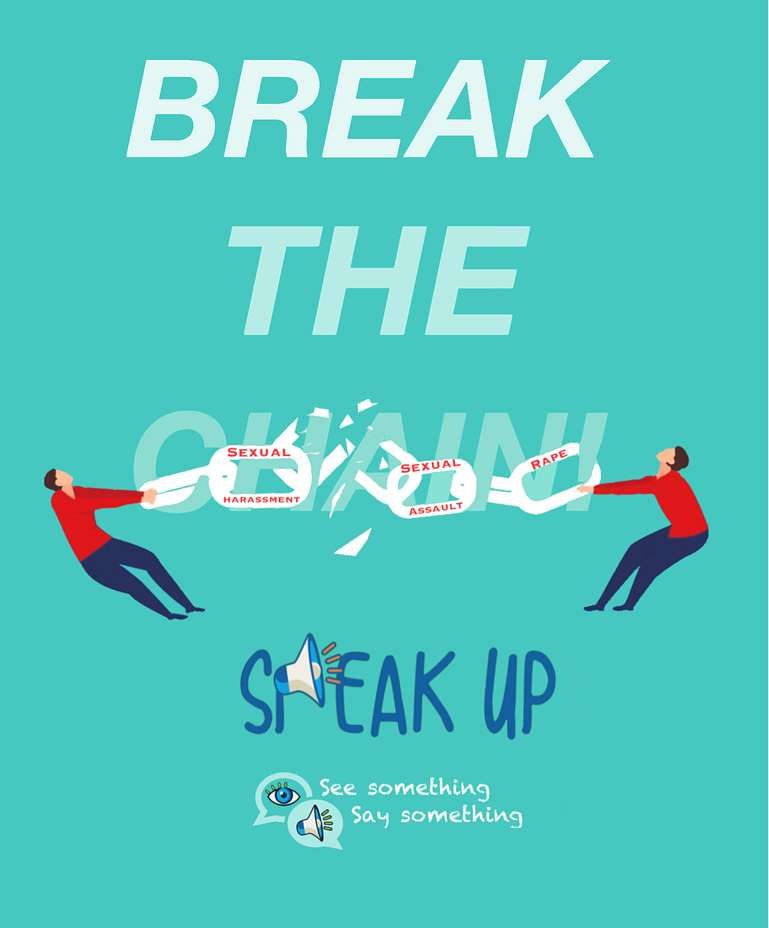Super-Duper Dirt

The Spruce / K. Dave
April 22, 2023
As many people walk around during the day, the ground they walk upon probably never crosses their mind. Below them is dirt, which is made up of tiny sand, clay, minerals and even smaller organic matter. Digging a little deeper reveals that dirt has been important to human health and significant throughout history.
Children are often told to not get dirty; however, immunologist Dr. Mary Ruebesh suggests “if your child isn’t coming in dirty every day, they’re not doing their job.” Scientific studies reveal playing in the dirt strengthens the immune system. Kids exposed to friendly germs found in dirt builds immune defense to help fight off illnesses in the future.
The hygiene hypothesis states that kids that are too clean have a higher chance of getting allergies, asthma, and other autoimmune diseases. Dr. Joel Weinstock believes “children raised in an ultraclean environment are not being exposed to organisms that help them develop appropriate immune regulatory circuits.” Evidence explains exposure to farming environments at an early age decreases the chances of getting asthma and allergies.
In 2004, oncologist Mary O’Brien injected lung cancer patients with Mycobacterium vaccae, a harmless bacteria found in soil, to boost their immune system. While it didn’t affect the survival of patients, it “significantly improved patient quality of life.” The patients happily reported on suffering less pain and enhanced well-being.
Bacteria inside the dirt doesn’t just give a healthier and happier life, but also an improved learning capability in the classroom. In an experiment with mice given the same bacteria, it was reported it “[improved] learning, and, in addition, the mice demonstrated fewer anxious behaviors.” Doctor Matthews said it may “decrease anxiety and improve the ability to learn new tasks.”
Microbiologist Rob Knight said “for a long time, [scientists] have been obsessed with the idea that there are things in the soil that are trying to kill us.” UCLA Gastroenterologist and neuroscientist Emeran Mayer says “our ancestors lived for centuries with a host of ancient parasites, fungi, and bacteria (including M. vaccae) and didn’t mind at all. We’ve forgotten that these were beneficial.”
Soil has also been important in cultures throughout history. Fertile soil has provided food for eating. Dirt has been influential in art. Soil in art can be found all around the world and across time. Examples are in prehistoric paintings, Ancient Egypt and Greece, Renaissance art, and in modern times today. In Mali, the people there make mud cloths, handmade cotton fabrics that are dyed with fermented mud. This is important for their traditions and cultural identity.
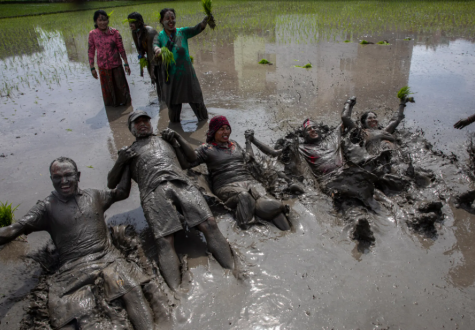
When dirt mixes with water it creates mud. Mud has cultural significance in Nepal on June 29 during National Paddy Day. The annual festival celebrates the beginning of rice planting season, so muddy water is prepared for the planting. Everyone splashes and plays together in the mud for fun. To them, mud is a symbol for a prosperous season.
Mud is even special in the Bible because from the Gospel of John, Jesus healed a man born blind with a mixture of mud and saliva in one of his miracles.
There are useful ways to use mud today, such as times when there is no sunscreen. Mud can become a natural sunscreen, acting as a physical barrier that can prevent UV rays from harming the skin. Though it may be smelly, it doesn’t have ingredients that some people are allergic to. Animals in the wild such as elephants and pigs cover themselves with mud, which becomes their sunscreen, bug repellent, and natural camouflage. In pop culture, a scene from the 1987 movie Predator, the main character Dutch, played by Arnold Schwarzenegger, was covered in mud, which provided camouflage for his boding heat to hide from a technologically advanced alien creature.

Dirt doesn’t just save animals because it also saves planet Earth. Healthy soil gives plants nutrients to thrive. Bacteria in the rich soil are able to store atmospheric carbon, holding approximately 3 times as much carbon than the atmosphere. This is a huge help in the fight against climate change. Ecologist Ben Taylor says “The carbon in soils is greater than all the carbon in our biomass and the atmosphere combined, so even small changes in that pool are going to have really large effects for us. If we can figure out how to manage that soil carbon pool size, it could be really effective.”
Dirty dirt is able to make a cleaner world. Something many people actively want to clean away can actually help make the world a better place. Exploring the amazing things in nature, like dirt, gives us better appreciation for the magnificent world we live in.






